Continuing on from our exploration of Stoicism and Happiness, we now turn to a topic that is often avoided yet is a universal part of human existence—Stoicism and death. How do Stoics view mortality? How does Stoicism guide us in facing the transient nature of life? Let’s delve into these questions.
The Stoic View on Mortality
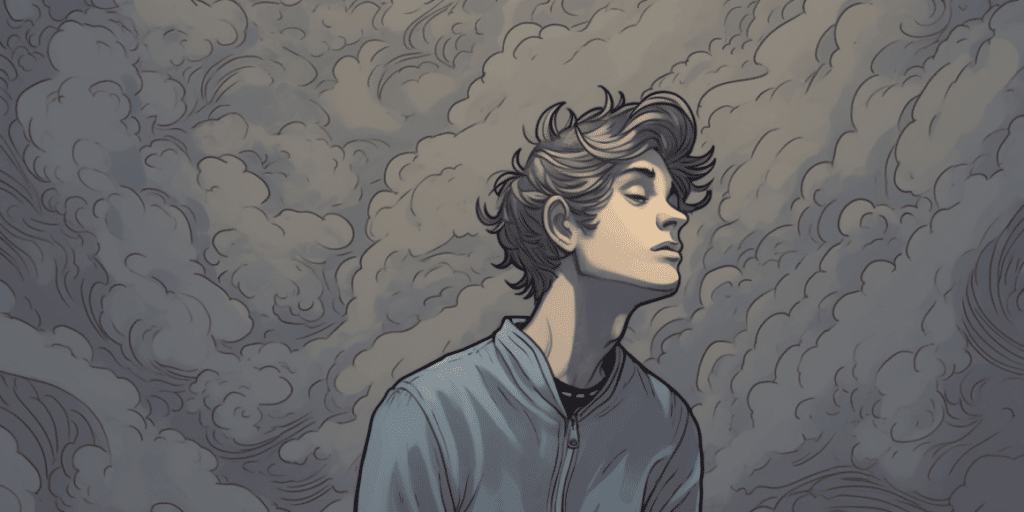
In Stoicism, death is not to be feared but understood and accepted. Stoics view death as a natural part of life, an event that we all must face. They believe that fearing death is irrational, as it is something outside of our control.
Stoics advocate for the acceptance of mortality. They argue that by accepting death, we can live more fully, appreciating the present moment and not taking life for granted.
Memento Mori: Remember You Must Die
“Memento Mori,” or “Remember you must die,” is a Stoic principle that encourages us to keep our mortality in mind. This practice is not meant to be morbid, but rather to inspire us to live fully and virtuously, knowing that our time is limited.
Exercise
Each day, take a moment to reflect on your mortality. This can be a simple reminder, such as saying to yourself, “Memento Mori.” Use this practice to inspire you to live fully and virtuously, to appreciate the present moment, and to not take life for granted.
Death as a Part of Nature

Stoics view death as a part of nature. Just as seasons change and leaves fall, so too do humans age and die. This perspective can help us see death not as something to fear, but as a natural process.
Stoics also believe in living in accordance with nature, which includes accepting death. By accepting death as a part of nature, we can live more in harmony with the natural world and find peace in our mortality.
Conclusion
Stoicism presents a distinctive lens through which to view death, promoting acceptance and understanding over fear. By keeping our mortality front and centre, we can live more vibrantly, cherish the present moment, and strive to live a life of virtue.
As we journey further into the heart of Stoicism, our next stop will be the crossroads where Stoicism meets modern psychology. We’ll unravel the threads that weave these two fields together and see how they beautifully complement each other.
I trust that this exploration of the Stoic perspective on death has deepened your grasp of Stoicism. But as we venture further, let’s not forget that Stoicism isn’t merely a philosophy to be understood—it’s a way of life to be lived. So, let’s not merely study Stoicism, let’s breathe life into it, embodying the wisdom of these philosophers in every stride we make.


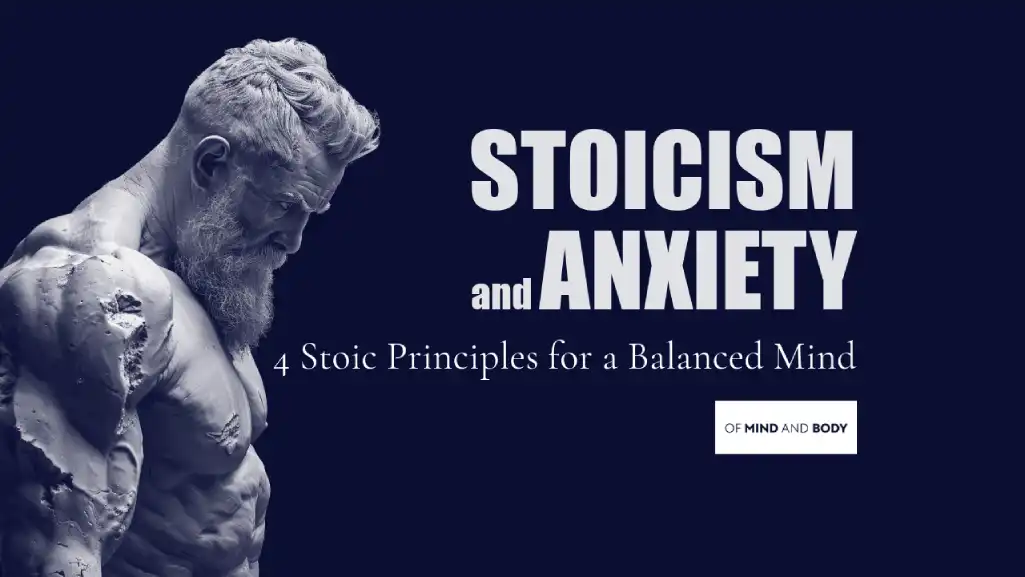
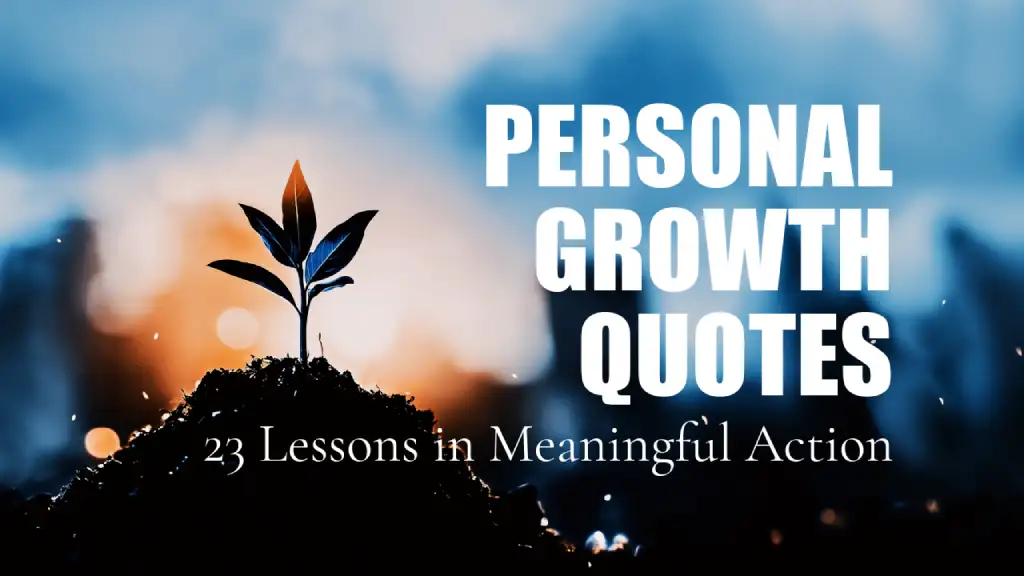
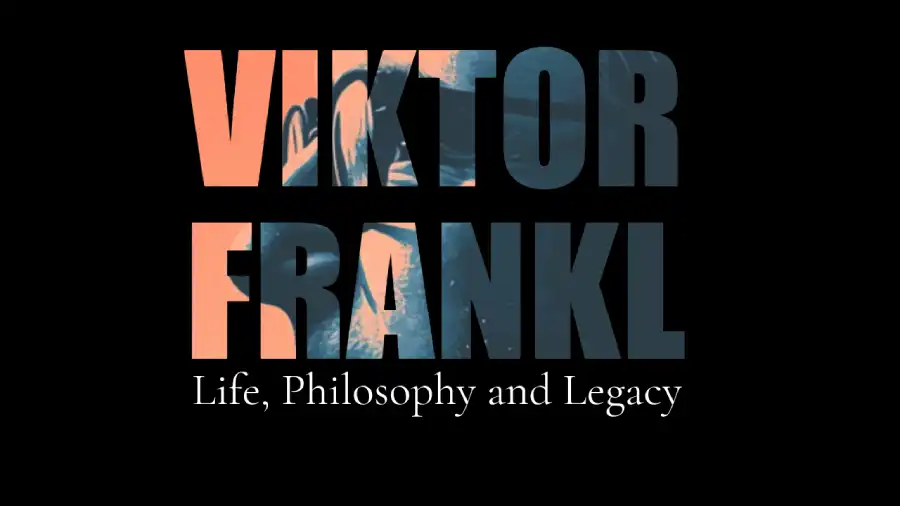
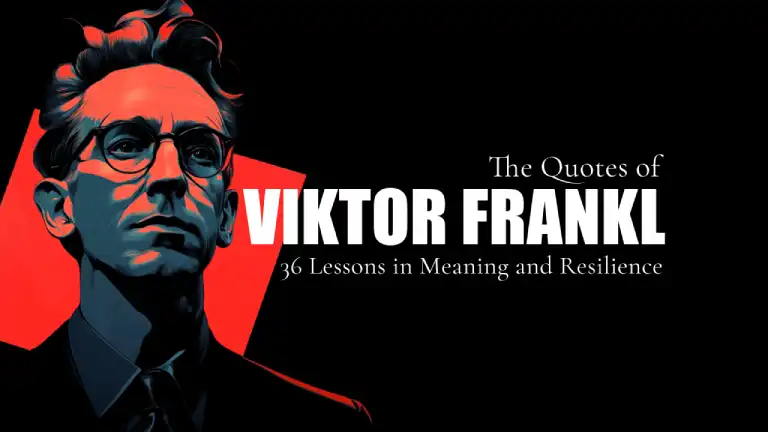
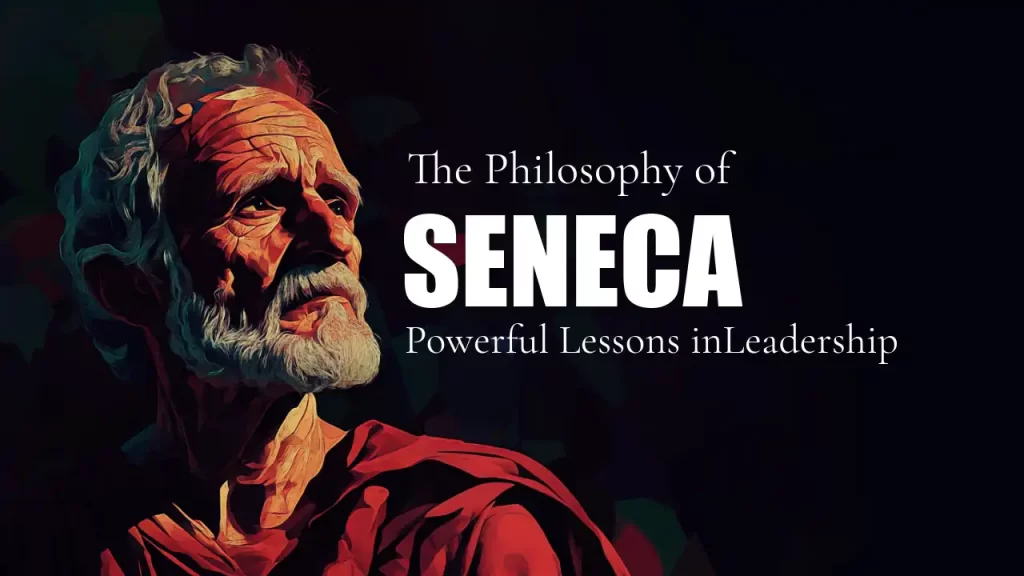
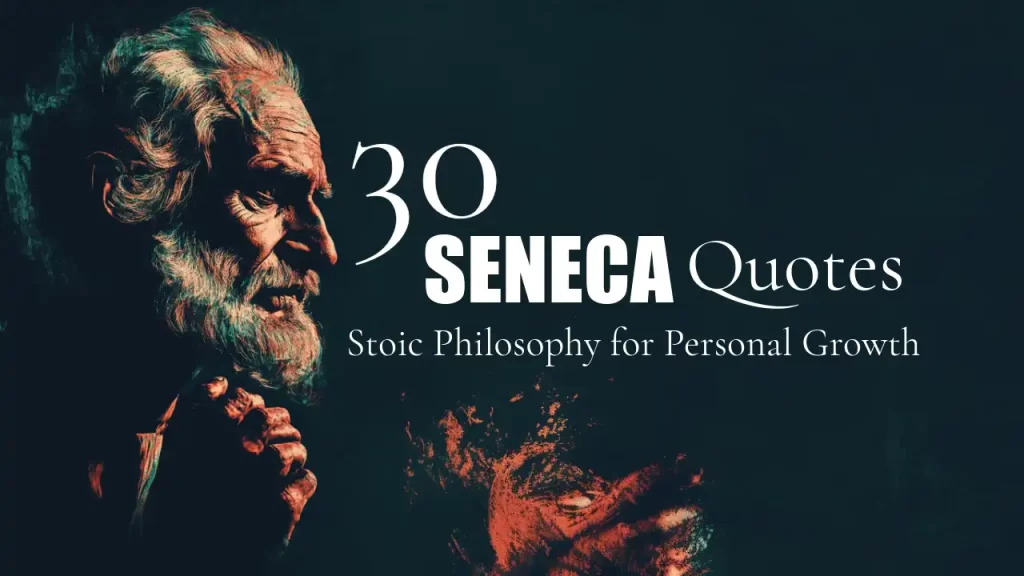
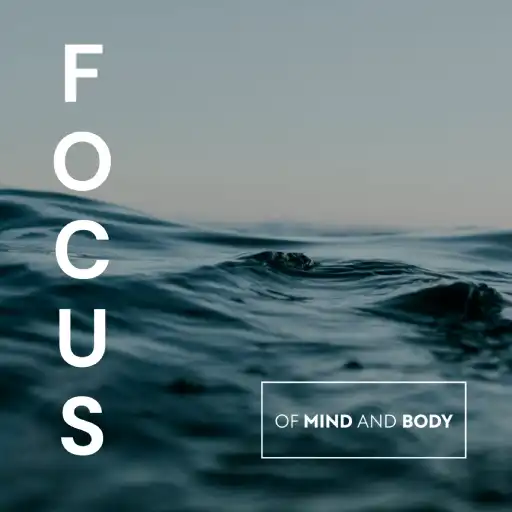
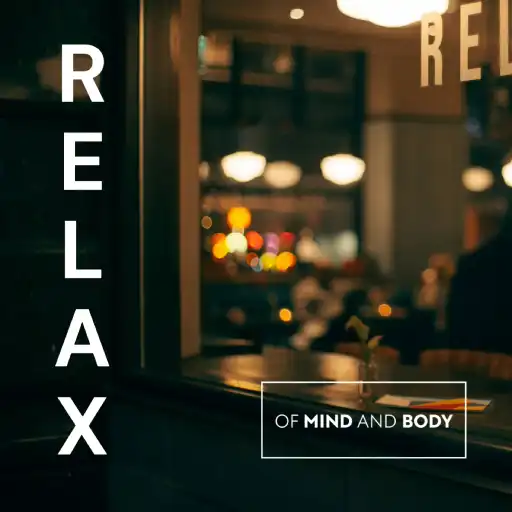
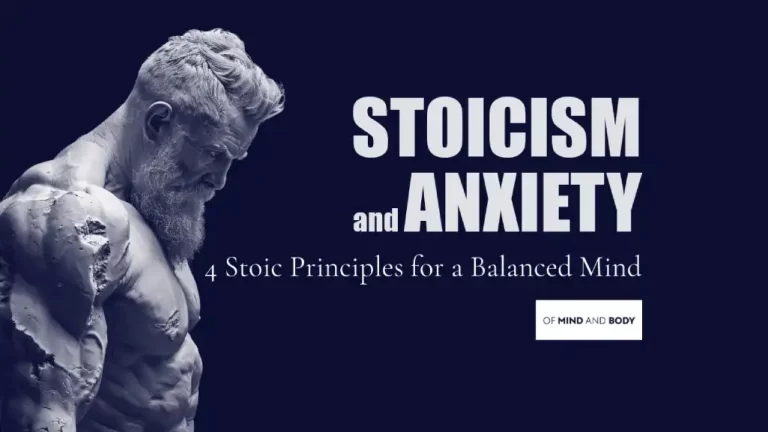
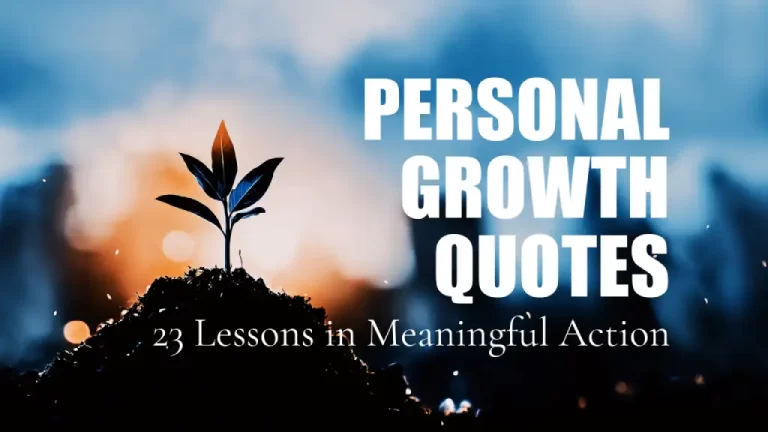
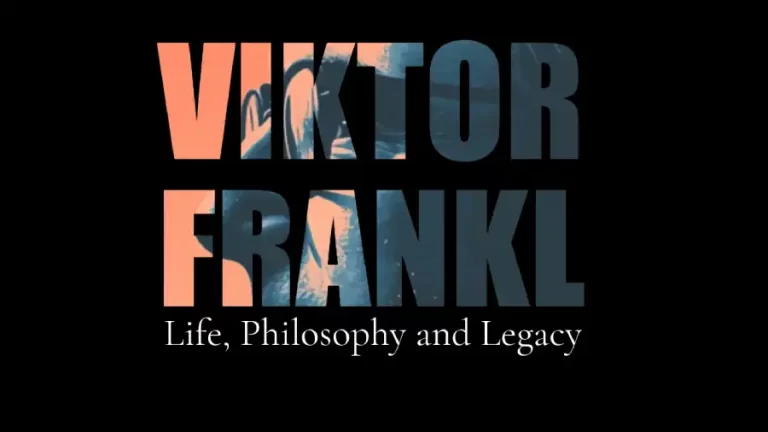
2 responses